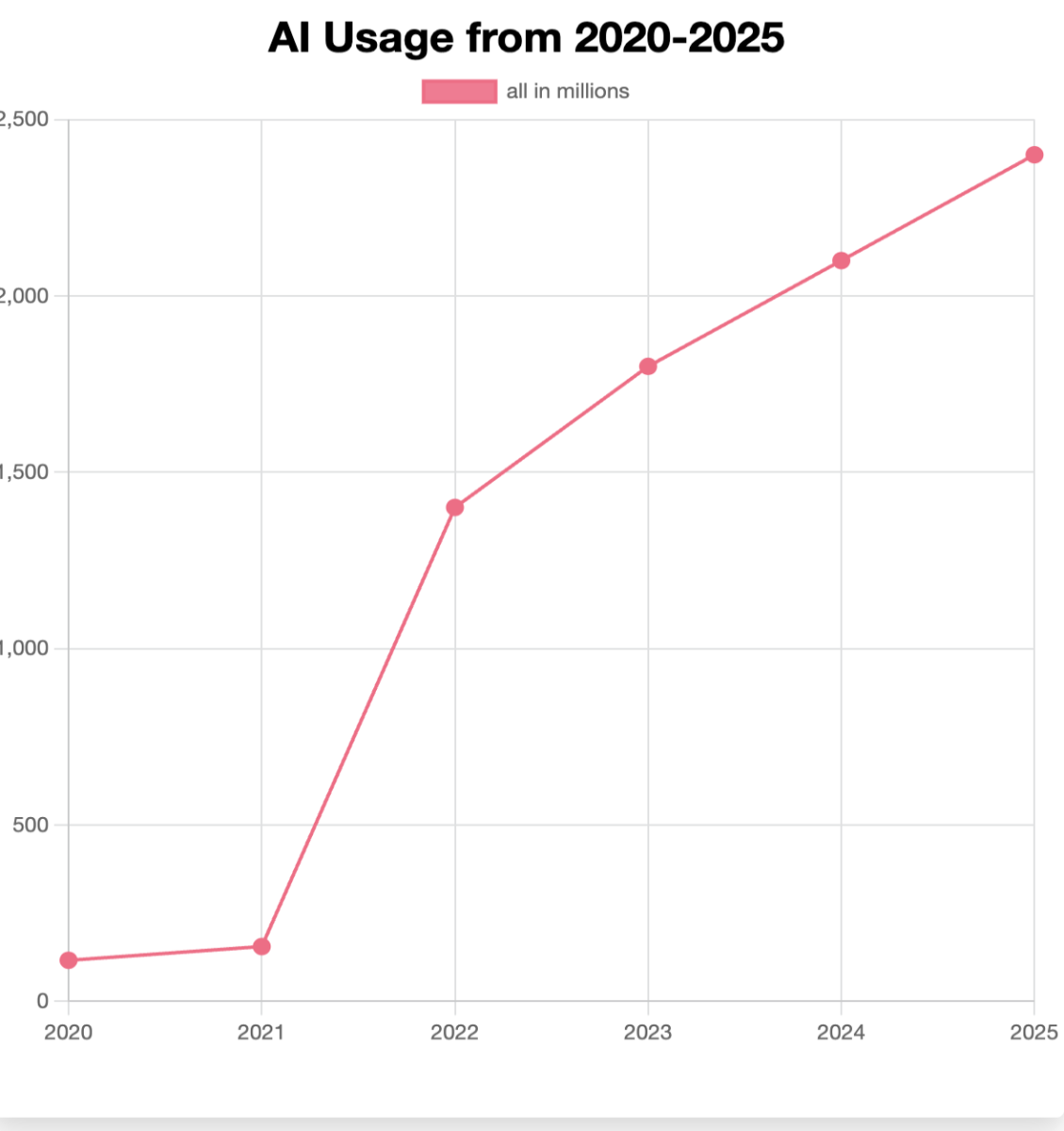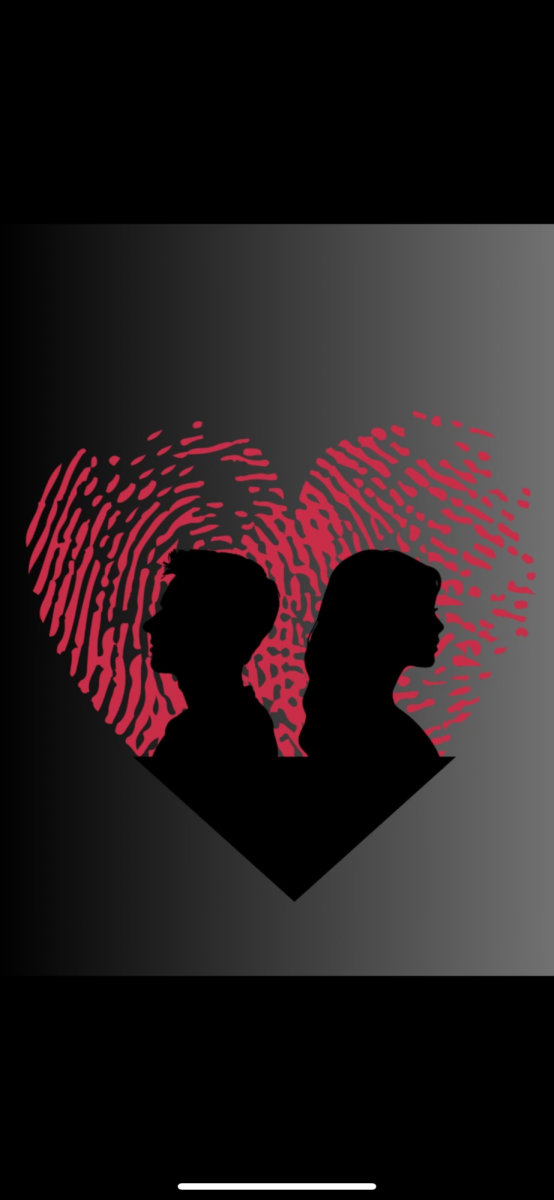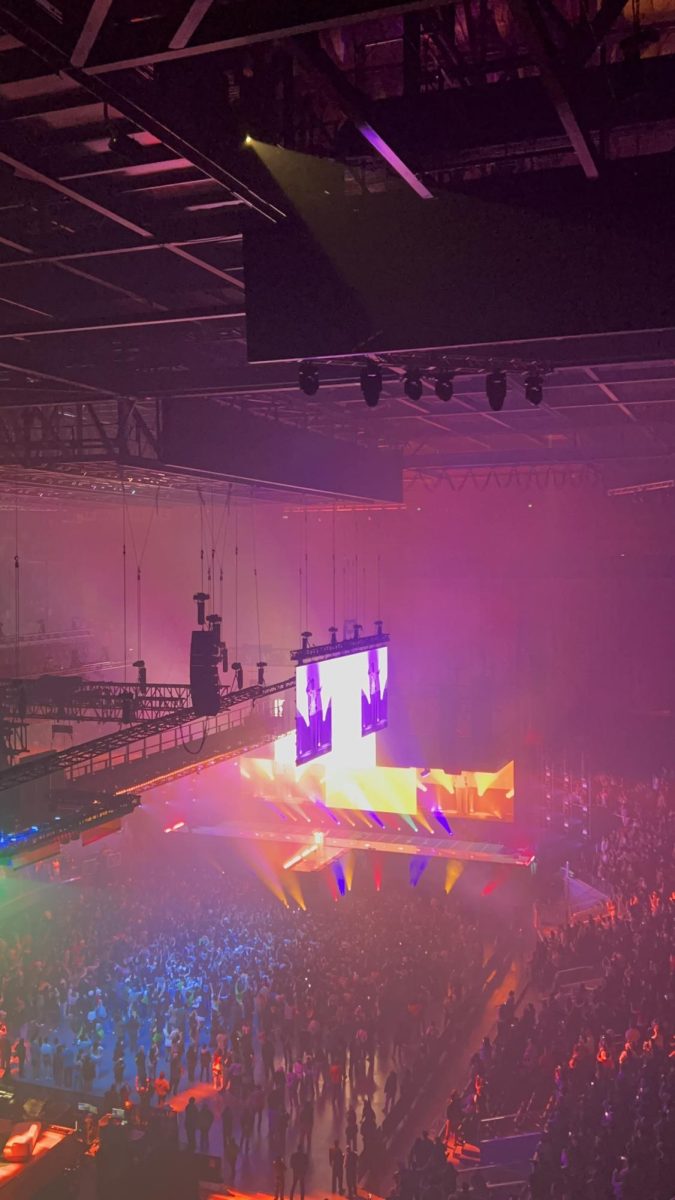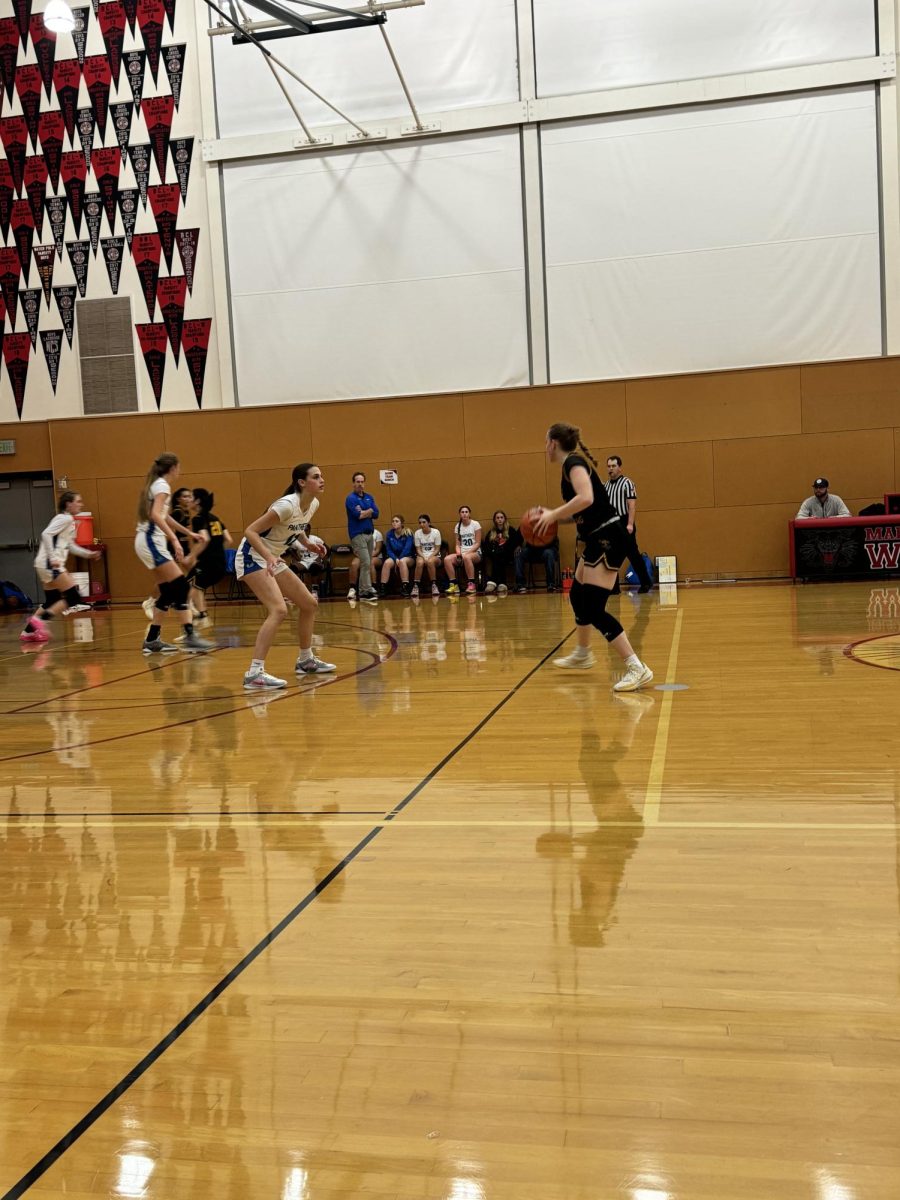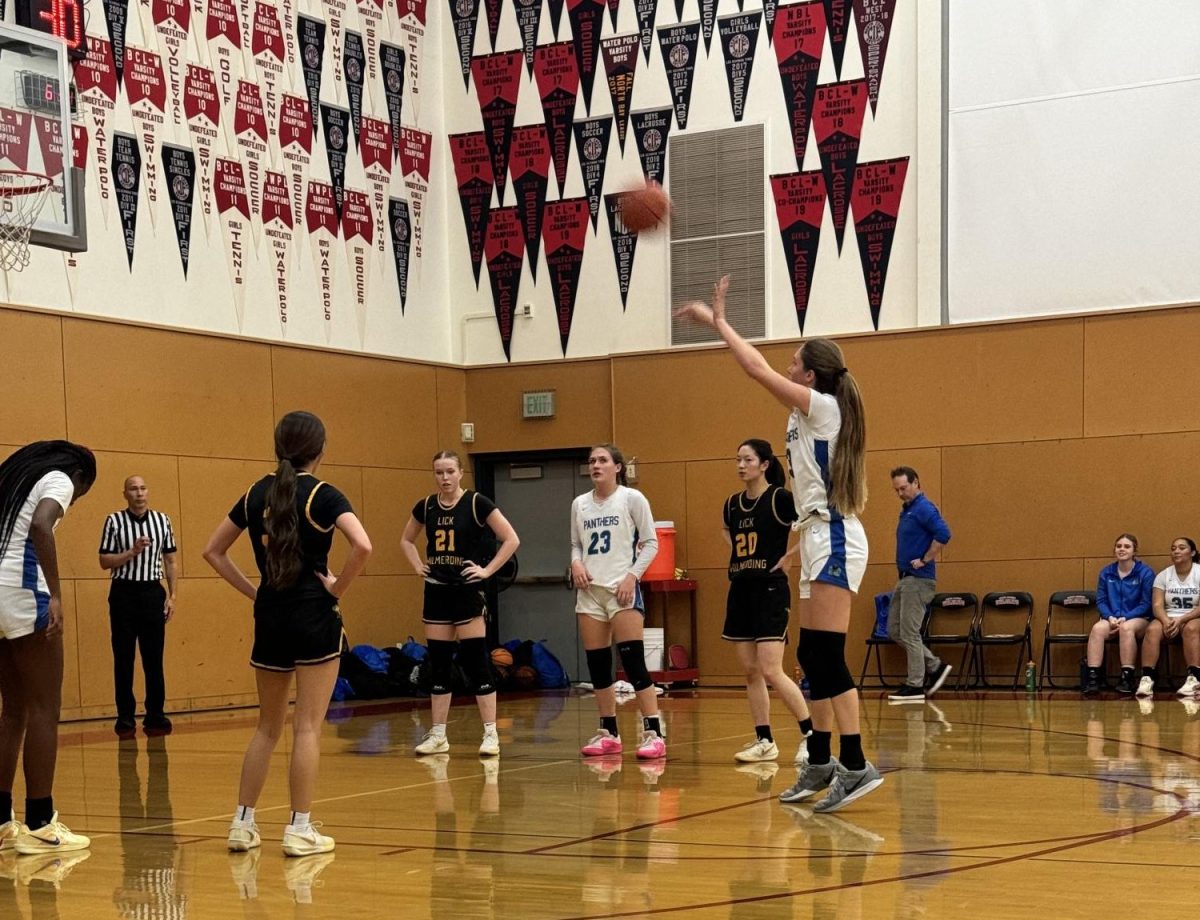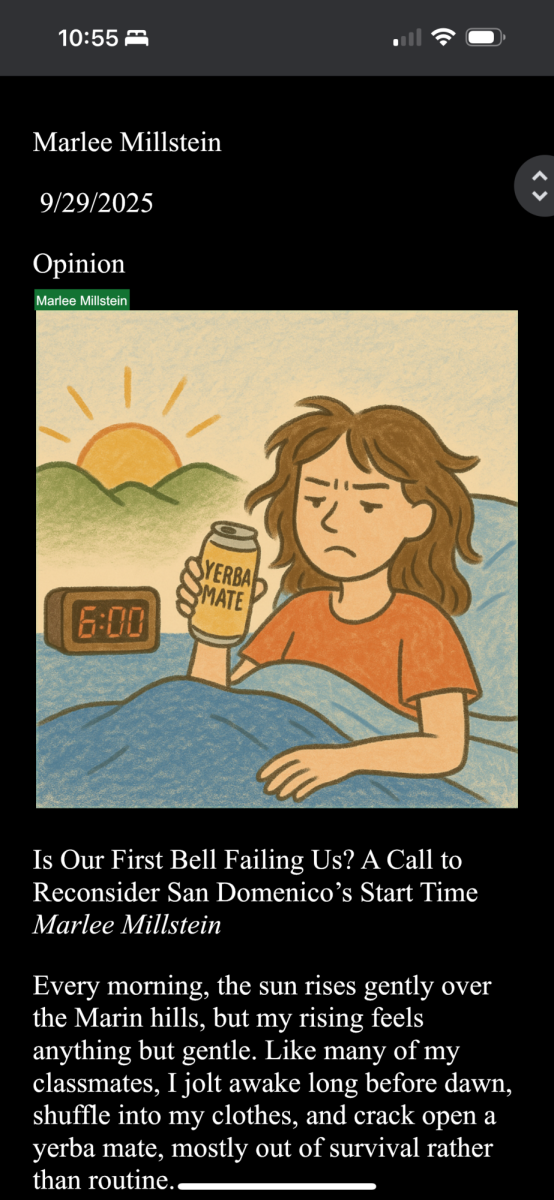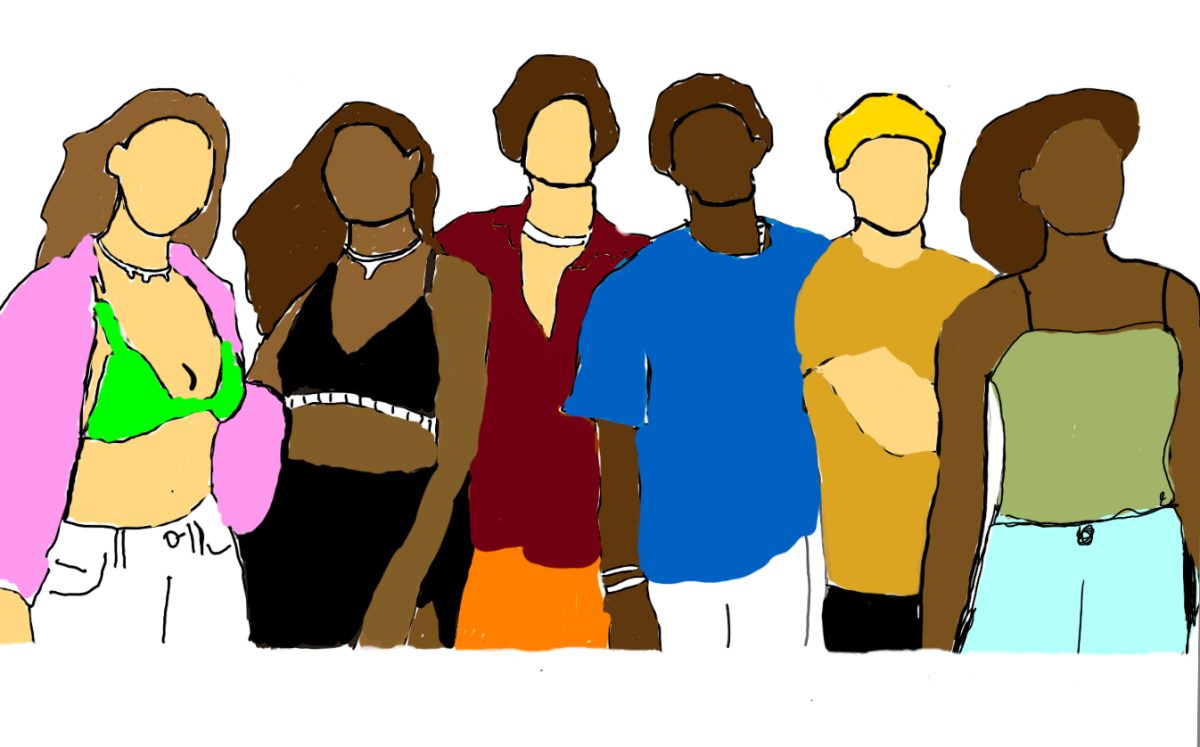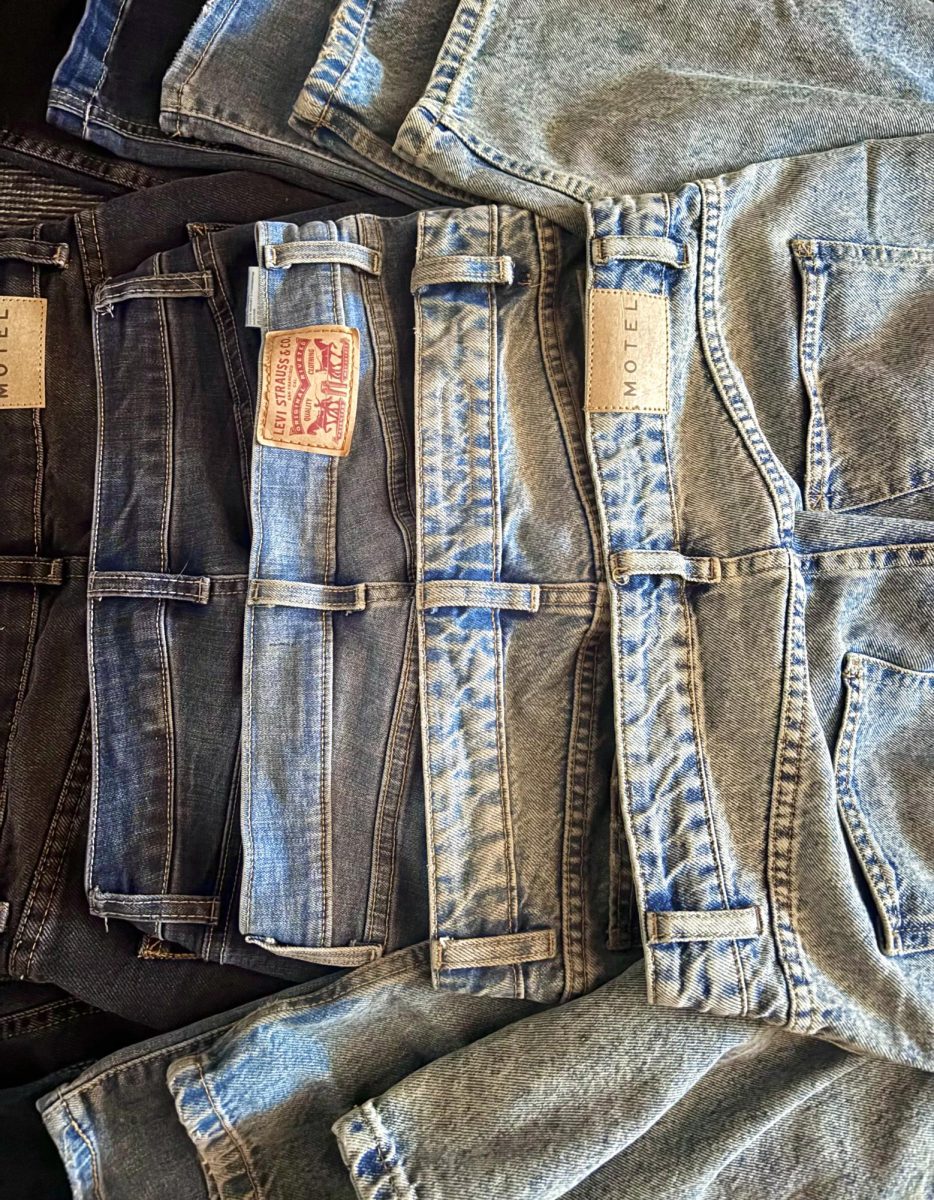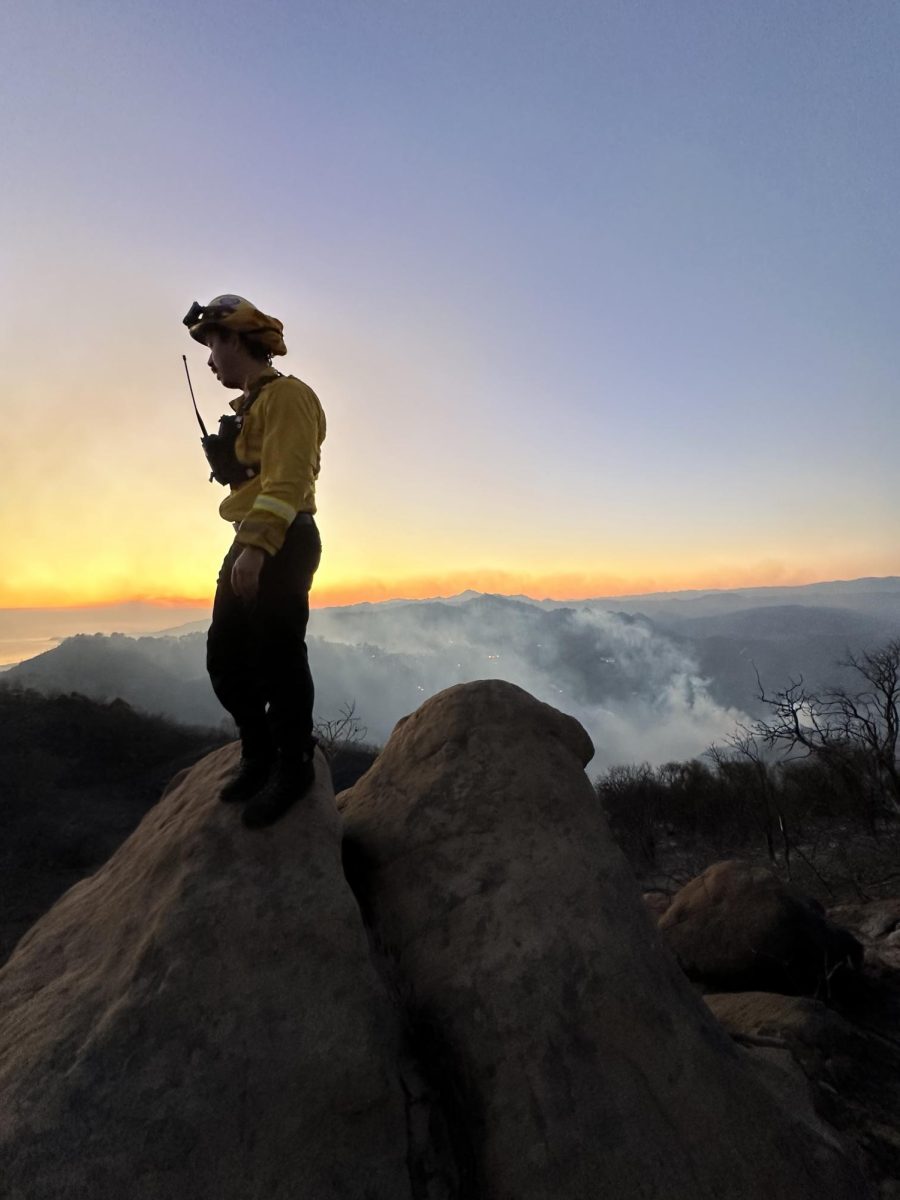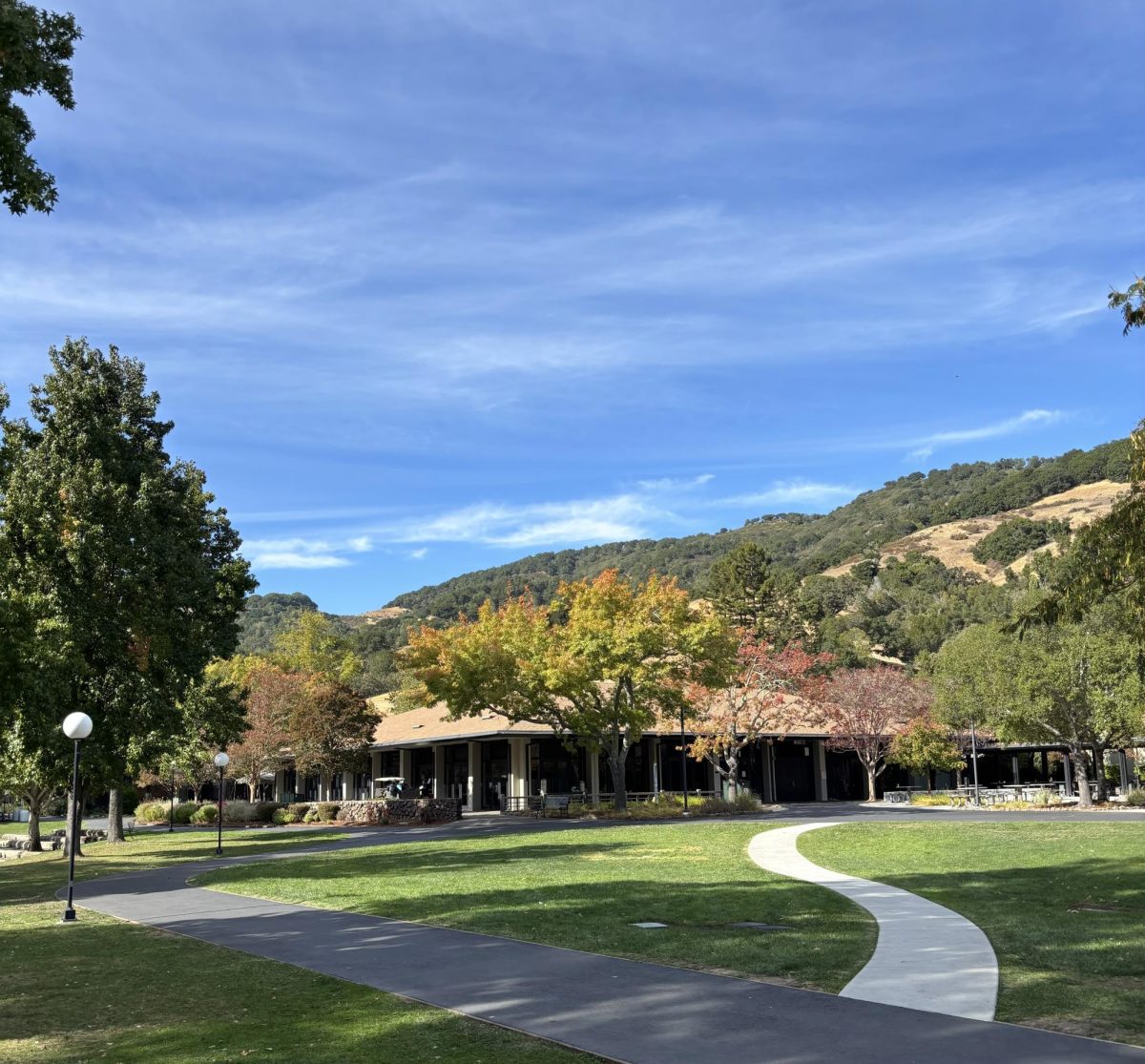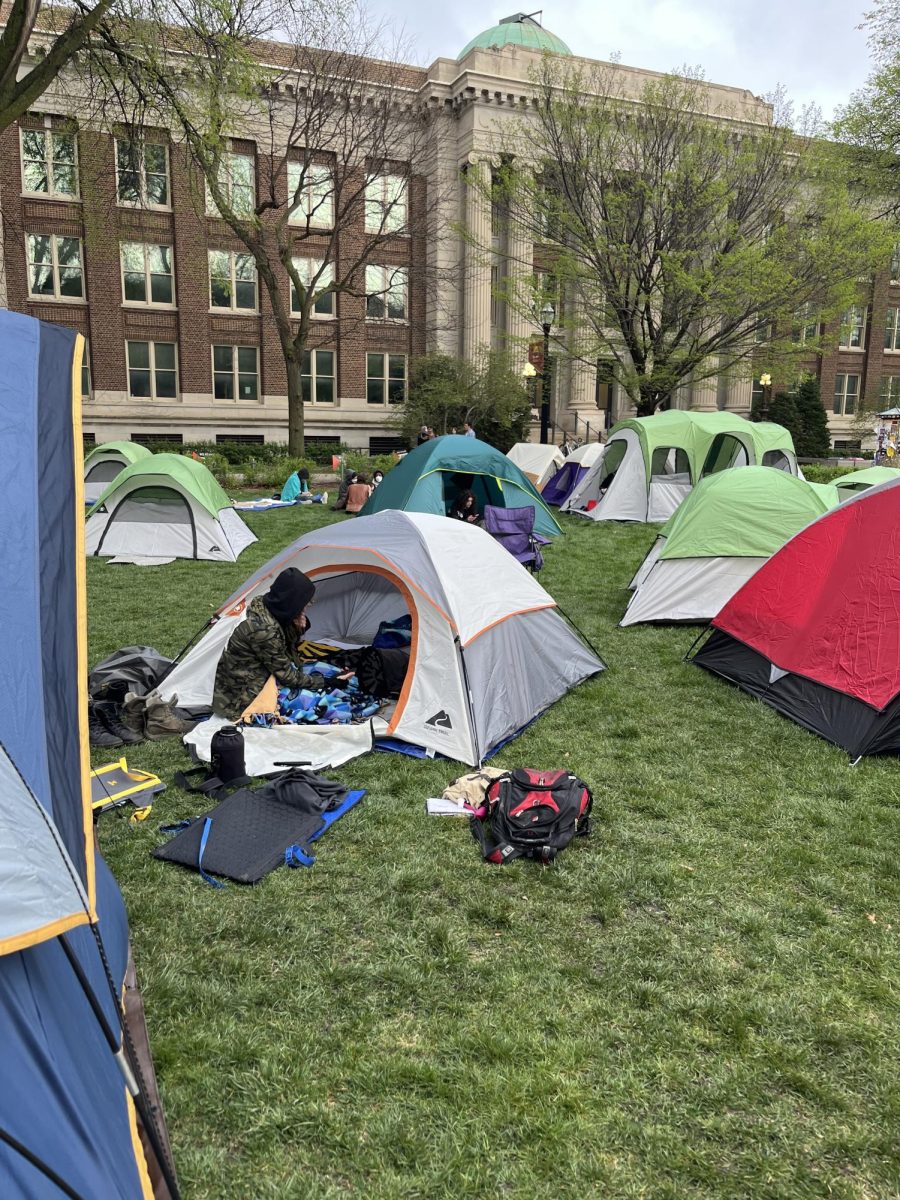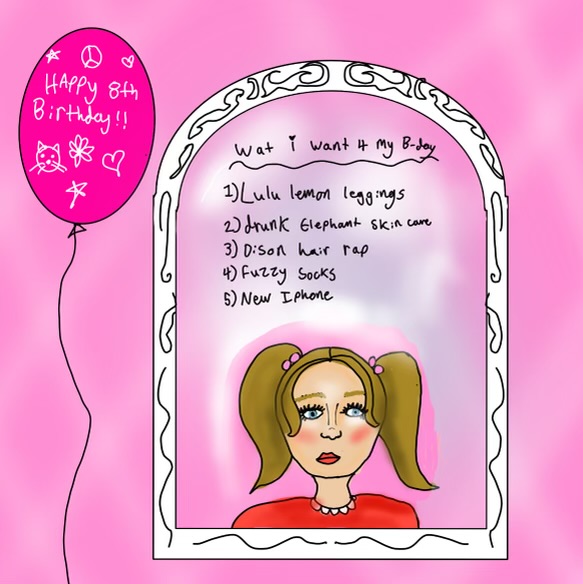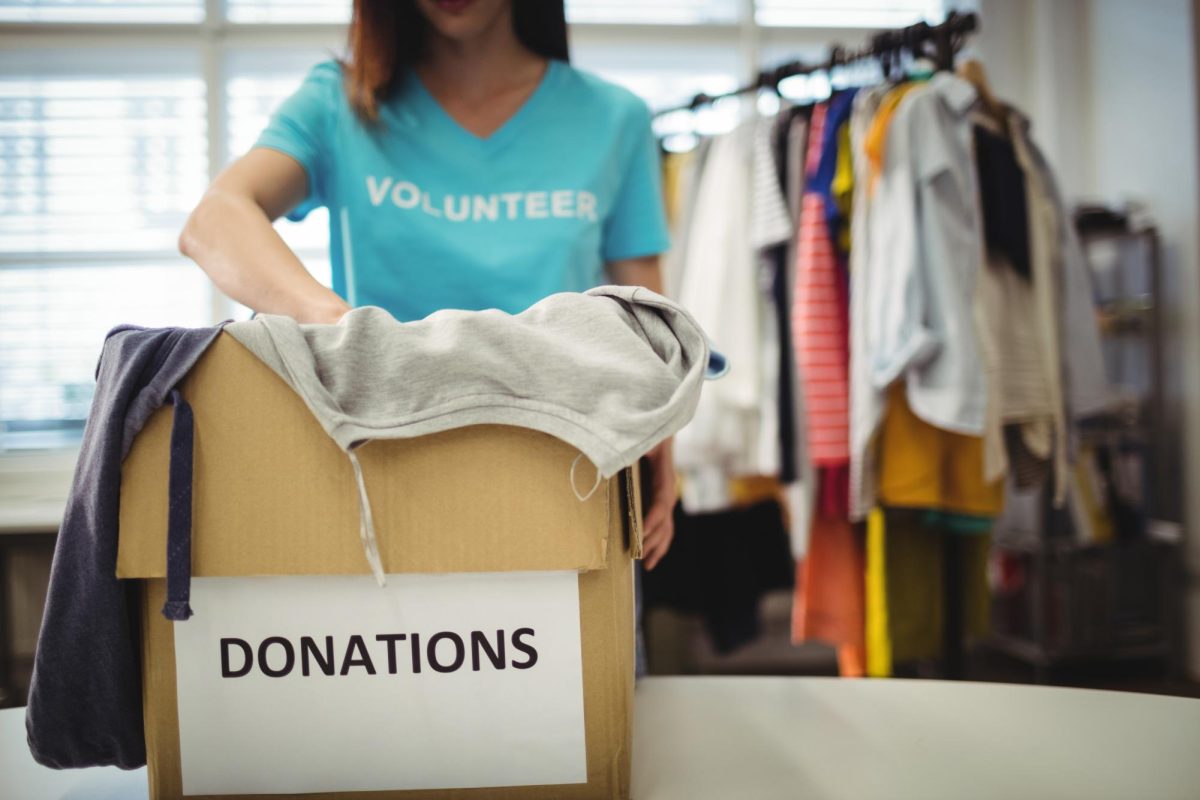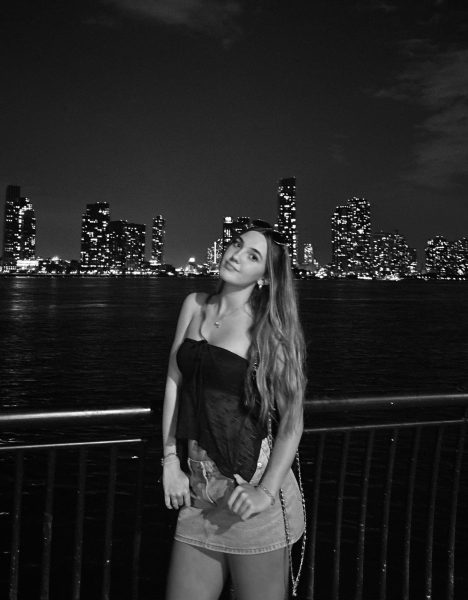Jeans have been ripped, flared, patched and faded, but they’ve never gone out of style. From bell bottoms, to skinny jeans and now baggy denim, they’ve always been a fashion statement. What do changing jean trends say about each era?
Jeans have been in vogue for over a century, but changing with each generation. Originally designed as durable workwear for miners and laborers in the 1800s, they became popular in everyday fashion by the 1950s, when icons like James Dean and Marilyn Monroe inspired teenagers to add them to their wardrobe.
Every jean trend reflects its era, proving that while fashion trends change, jeans never go out of style. The 1970s brought in bell bottoms with the free-spirited hippie trend, while the 1980s favored bold, high-waisted, acid-washed denim.
In the 1990s, baggy jeans took over, influenced by hip-hop and grunge, but the 2000s opened the door for low-rise and skinny jeans driven by pop culture. Now, low-rise baggy denim is back.
Dave Whaley, a Biology teacher here at San Domenico, grew up in the late 80s and has seen denim trends change over the years. Whaley was a skateboarder throughout his teenage years and explained that baggy clothing, jean pants and shorts in particular, facilitated quick and precise movement on the board, making them very popular among him and his peers.
“I was a skater in junior high and high school. Skateboarding, from what I saw, was the invention of baggy clothing,” Whaley said. “Anything we wore baggy allowed [us to bend] and [move] more easily.”
However, Whaley made it a point to emphasize that everybody wore jeans in the 80s, regardless of their background and interests. Diverse jean styles and colors sparked interest among all people.
“The rockers were in denim pants and jackets… and the more gothic people wore darker jeans,” Whaley explained. “Jeans were coming in all colors.”
Whaley also revealed that sweatpants and tighter pants were rarely worn and mainly for comfort rather than as a style choice, compared to their fashion-driven popularity today.
“Now dudes wear sweats in high school, no one wore sweats except to practice. Everyone wore jeans,” Whaley said.
Gina Jaeger, an English teacher here at SD, was a teenager in the late 1990s to early 2000s where wide-leg denim was trending throughout her high school years and low-rise/skinny jeans became popular when she was in college.
Jaeger shared that jeans varied depending on the gender, emphasizing that boys wore the same denim style while girls wore a variety of cuts, colors and patterns.
“In high school, boys’ jeans never really changed, but girls wore all sorts of jeans,” Jaeger said.
However, unlike Whaley who expressed that jean choices are driven by personal preference, Jaeger finds that jean-taste is based on inspiration .
“Celebrities—like for us it was Britney Spears when she first came on the music scene—influenced what we wore,” said Jaeger.
Born in 1948, Paula Golden was a teenager in the 1960s. When she was 13, she would wear cut-off jeans while skiing in the spring.
After graduating high school, the rise of the “hippie fashion” popularized mid-rise bell bottom jeans. Golden revealed that her and her friends would cut the jeans along the seam, replacing the fabric with colorful and flashy cloth.
“So jeans became part of the hippie fashion that was very trendy in the late 60s and early 70s, when I was much more of a hippie than I am today,” Golden said.
Golden also expressed her amazement regarding how jeans can be appealing to and embraced by different peoples.
“I’ve seen girls go from wearing jeans that are kind of grunge with tears in them to wearing very fancy sort of dark navy jeans that cost several $100 even more, which I find fascinating,” Golden revealed. “The jean fabric just seems to have caught on for all kinds of people and all kinds of social groups.”
Aside from embodying social diversity, Golden shared that jeans are also culturally inclusive, as they can be made for nation-specific purposes or styles.
“Also jeans are now universal, for and from all over the world,” Golden said.
Nonetheless, jeans can be a lot more than just fashion choice. They have represented social groups and movements throughout decades. According to The Smithsonian Magazine, denim jeans became a powerful political symbol during the 1960s, representing more than just fashion. Jeans transitioned from being work clothes to a symbol of rebellion.
Denim was worn by activists to express resistance to inequality and challenge societal norms.
As protests for civil rights, women’s rights, and anti-war movements became frequent, jeans became a statement of reform and independence.
After a 1998 Italian Supreme Court ruling that overturned a rape conviction based on the victim wearing jeans, The Denim Day, held on April 24, has become a global campaign against sexual violence.
Peace Over Violence launched Denim Day to challenge victim blaming and educate communities. Now the longest-running sexual violence prevention campaign, it encourages people to wear jeans with survivors and to raise awareness about harmful myths. On Denim Day, Italian lawmakers wear denim in observance of this movement.
From workwear to reform, protest to pop-culture, jeans have shaped and been shaped by history throughout the world. Styles may change, but jeans always weave their way back into our wardrobe, not just as a piece of fabric, but as a statement of rebellion, identity and culture.



